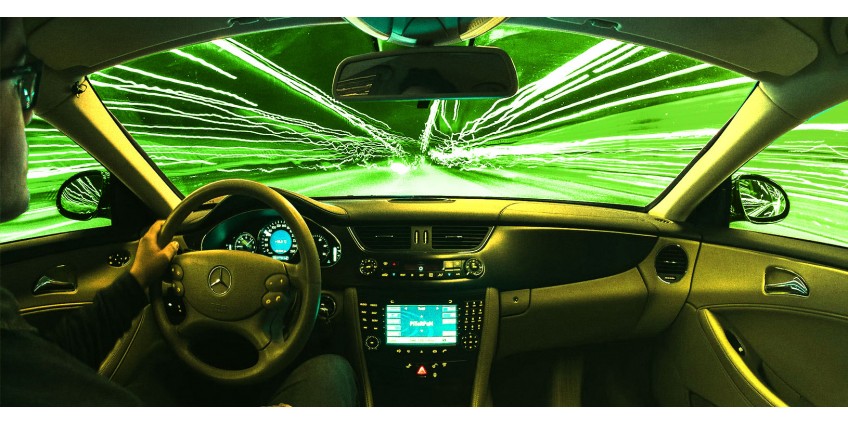
This product is not exportable outside the United States.
By adding this item to cart, you agree and acknowledge the Export Policy and confirm that you are a person in the United States with no intentions to illegally export the device.
This product is not exportable outside the United States.
By adding this item to cart, you agree and acknowledge the Export Policy and confirm that you are a person in the United States with no intentions to illegally export the device.


0

0


The automotive industry is developing quite actively. It is gradually introducing various modern technologies that will help make driving easier and safer. Among the many current developments, night vision (NV) in unmanned vehicle systems is the most promising. It will help reduce the number of road accidents, thereby saving many lives. Work in this direction is very active, so NV is gradually becoming an indispensable technology. However, you need to study all the related information to understand its role in modern unmanned control systems.
The beginning of the history of NV on vehicles is 2000. It was then that Cadillac first introduced this technology into its production cars. In them, NV was presented as the most straightforward possible device that read data from a thermal sensor mounted on the car's grille. The system processed the received information, then transmitted it to the display as a black-and-white image. On it, warm objects were marked with light, and cold things were marked with dark.
Two years after the first application of NV on vehicles, Toyota offered its innovative version. She installed an active IR system on the best models, which consisted of a mini-projector and a particular camera. After reflection from various objects, the first emitted IR rays were captured by the second element of the system (camera). After that, the information was processed, and the driver saw a black-and-white image on the windshield.
In 2005, the German companies BMW, Mercedes, and Audi joined the work of introducing NV into driving a car. They used an improved version of the system invented by Cadillac. Initially, the results did not please the owners of auto concerns, but gradually the situation changed for the better. Only after that did other automotive industry giants like Volvo and Honda join the process.
Work on implementing NV in the vehicle control system continues in our time. The latest research proves the system's insufficient effectiveness, so in the future, it will be repeatedly transformed until it becomes ideal. The most relevant direction now is to expand the role of night vision in unmanned vehicles.
All vehicle NV systems use one of two technologies (image enhancement and thermal imaging). The principle of operation of the first is based on the use of available light, which is collected by a night vision device installed on the car (most often, it is a mini-camera). Further, the received information is converted, making the dark image brighter and more transparent. On it, the driver or an unmanned vehicle control system will be able to distinguish between obstacles on the road, pedestrians, and other road users. The second of the technologies used provide for the collection by the installed device of not light but heat rays. They come from all objects, giving a complete picture of the car's surroundings. The collected rays are converted into a heat map. It appears before the eyes of the driver or is transmitted to the unmanned control system of the vehicle.
In manned vehicles, the image obtained using the NV system can be displayed on the dashboard, windshield, or a unique display. In all cases, the driver will see the area in front of the vehicle and all the objects located on it. Such information will help to change the direction of movement in time, avoid collisions with various obstacles, and timely press the brake pedal. In the unmanned systems of modern cars, the image is simultaneously shown to the driver and the computer. The latter studies the situation, identifies objects falling into the field of view of the NV device, and measures the distance to each of them. Based on the information received, the computer makes the best decision to avoid accidents and other undesirable situations on the road.
Two types of NV systems are used in modern cars. Both of them are equally popular with manufacturing companies. However, each style has its strengths and weaknesses. Knowing them, you can choose the best option that meets your needs.
Night vision has long been an integral part of the control system of modern cars. In most models, it plays a crucial role in helping the driver or unmanned system to drive safely, even in total darkness.
Unmanned vehicle control systems are an exciting development that could maximize road safety in the future. Night vision will also play an essential role in this process. It is already responsible for the car's movement in the dark, forcing the vehicle to go around all obstacles and timely press the brake pedal. If the activity of the emergence of new developments does not decrease, then in a few years, unmanned vehicles will massively go onto the roads of the whole world and will be able to drive on them at any time of the day safely.
Table of contents